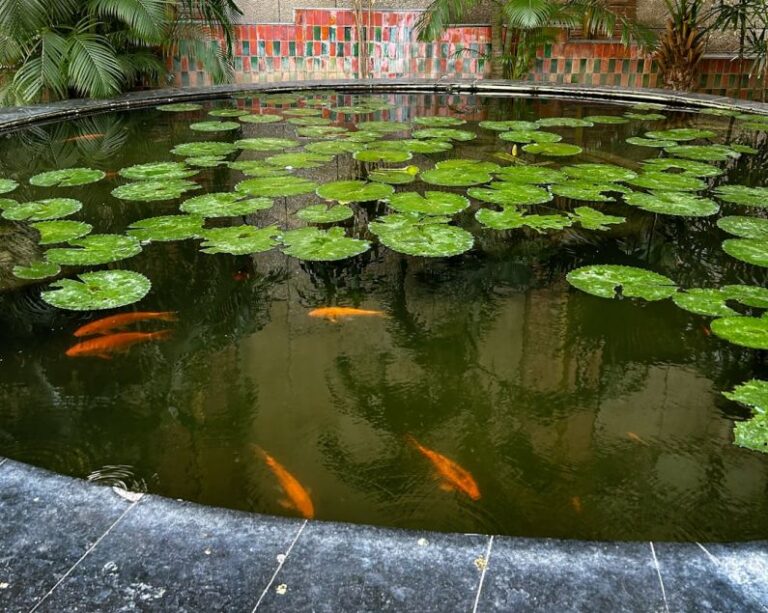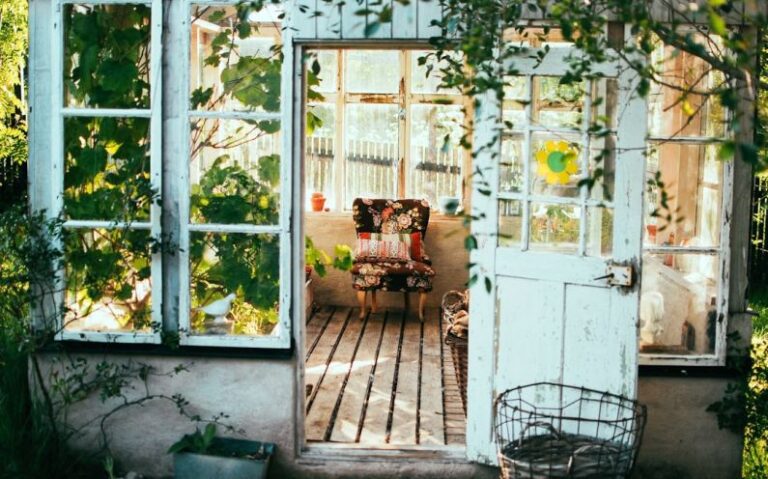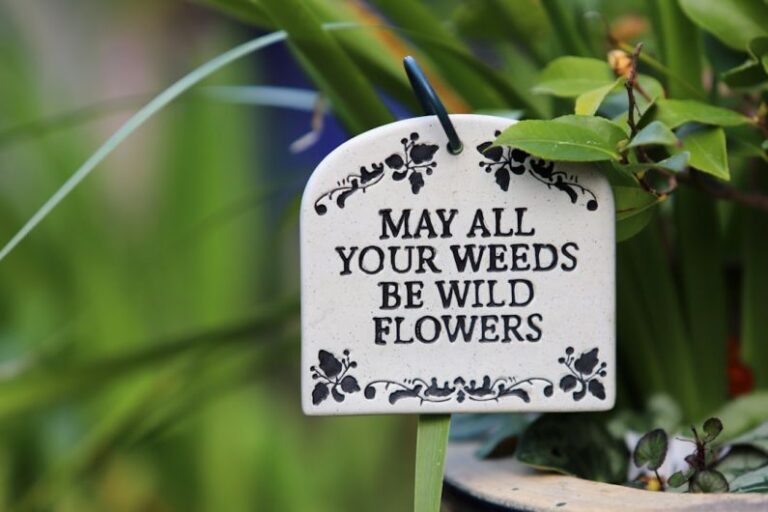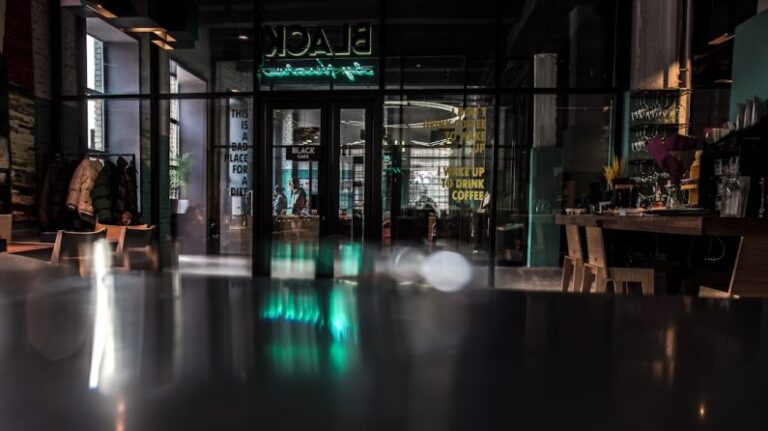The Role of Texture and Color in Garden Design
When it comes to designing a garden, there are numerous elements to consider to create a visually appealing and harmonious outdoor space. Among these elements, texture and color play a crucial role in shaping the overall aesthetic of a garden. Texture and color are powerful tools that can be used to evoke different emotions, create focal points, and establish a sense of unity within the garden design. In this article, we will explore the significance of texture and color in garden design and how they can be effectively utilized to enhance the beauty of outdoor spaces.
**Creating Depth and Interest with Texture**
Texture refers to the surface quality of an object, plant, or material, and it adds depth and dimension to a garden design. By incorporating a variety of textures, such as smooth, rough, glossy, or matte, you can create visual interest and contrast within the garden. Mixing textures can help break up monotony and add complexity to the overall design.
One way to incorporate texture in garden design is through the use of plants. Combining plants with different leaf shapes, sizes, and textures can create a dynamic and visually stimulating landscape. For example, pairing fine-textured plants like ornamental grasses with coarse-textured plants like succulents can create a harmonious balance in the garden.
Additionally, hardscape elements such as gravel pathways, stone walls, or wooden fences can also contribute to the overall texture of the garden. These elements provide a contrast to the softness of plants and flowers, adding structure and visual interest to the outdoor space.
**Harnessing the Power of Color**
Color is another essential element in garden design that can significantly impact the mood and atmosphere of a space. Different colors evoke different emotions and can be used strategically to create a specific ambiance in the garden. Warm colors like red, orange, and yellow can create a sense of energy and excitement, while cool colors like blue, green, and purple can evoke a feeling of calmness and serenity.
When selecting plants for a garden, consider the color palette you want to achieve. Using a monochromatic color scheme, where different shades of a single color are used, can create a sophisticated and harmonious look. On the other hand, a complementary color scheme, where colors opposite each other on the color wheel are paired together, can create a vibrant and dynamic garden design.
In addition to plants, the color of hardscape elements such as furniture, pots, and garden ornaments can also impact the overall color scheme of the garden. By coordinating these elements with the colors of the plants, you can create a cohesive and visually pleasing outdoor space.
**Balancing Texture and Color**
Achieving a successful garden design involves finding a balance between texture and color to create a cohesive and harmonious landscape. Consider how different textures interact with each other and how colors complement or contrast with one another. By experimenting with different combinations of textures and colors, you can create a garden that is visually engaging and aesthetically pleasing.
When combining texture and color in garden design, consider the overall style and theme you want to achieve. Whether you prefer a formal, structured garden or a more relaxed, informal design, texture and color can be tailored to suit your preferences and create a space that reflects your personality and tastes.
**Enhancing Your Outdoor Space**
In conclusion, texture and color are essential elements in garden design that can transform an outdoor space into a vibrant and inviting oasis. By carefully selecting plants, hardscape elements, and color schemes, you can create a garden that is not only visually appealing but also reflects your personal style and aesthetic preferences. Experiment with different textures and colors to create a garden that is as unique and beautiful as you are.






